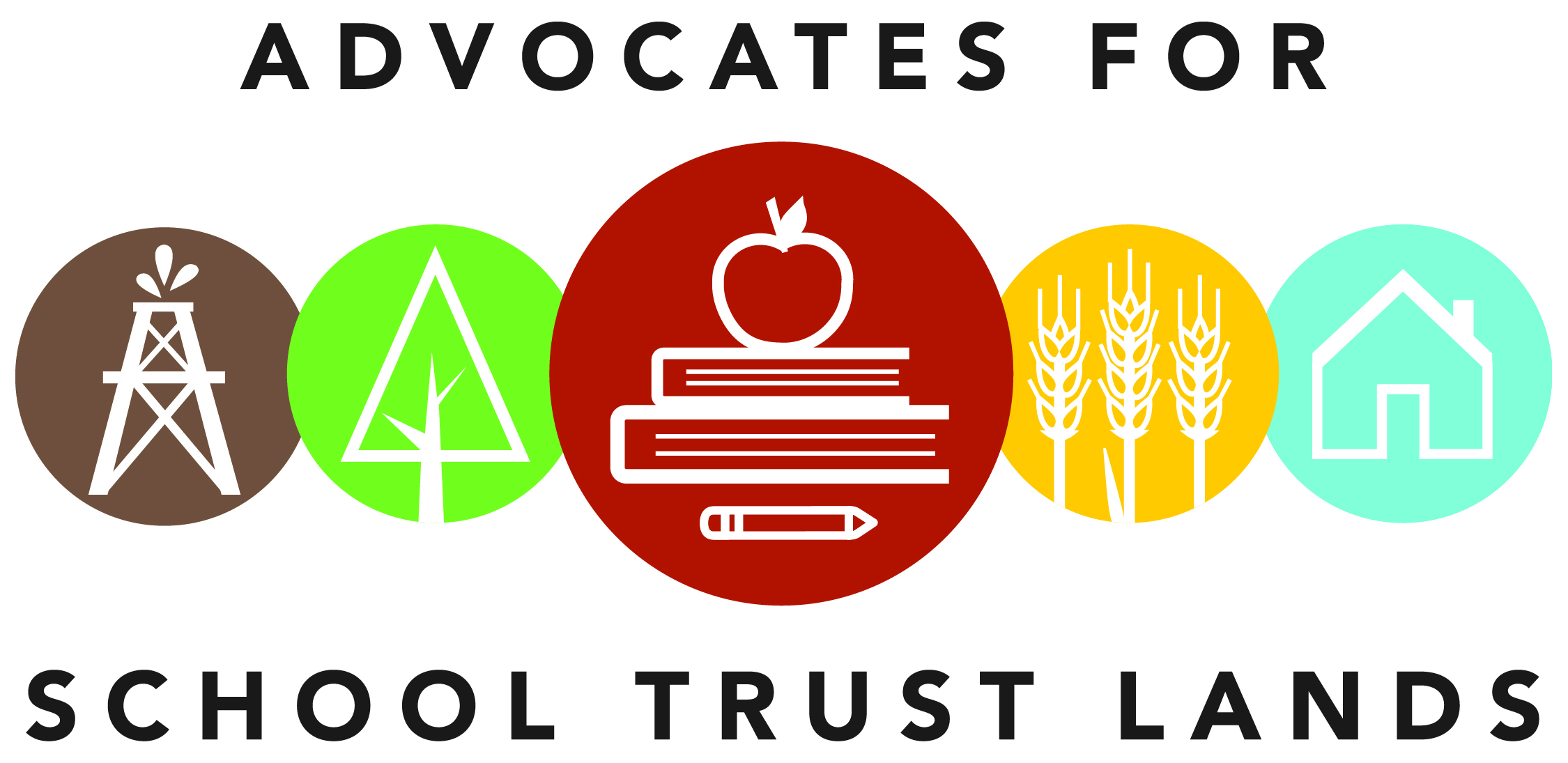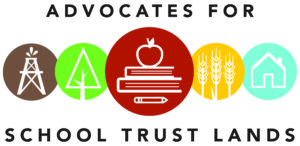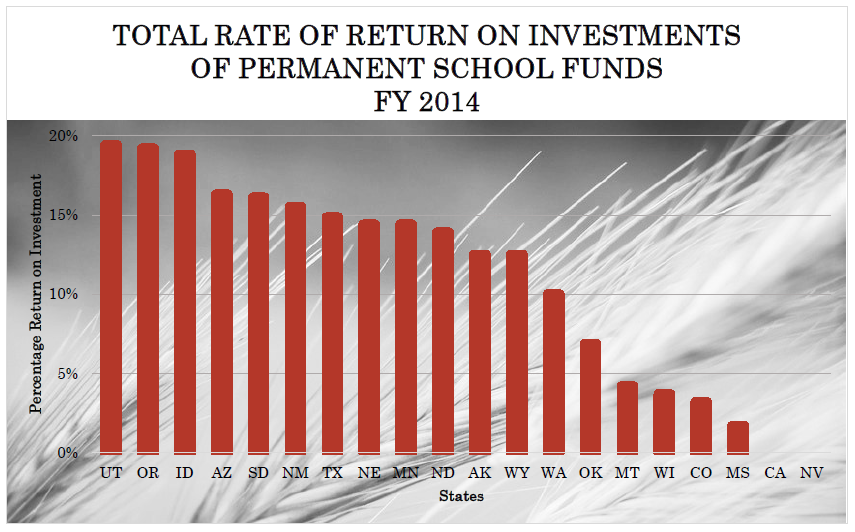
Advocates for School Trust Lands
We are an organization dedicated to providing educational leaders and legislators information on the productive use of school trust lands and funds. All states once had school trusts; and now trust only exist in 20 mostly western states. Prior to Advocates For School Trust Lands, there was no organization working on behalf of the beneficiaries of these trusts.
Advocates provides research, education, outreach, and outreach on school trust land. (Get in on the action here)
Advocates communicates with national education groups and with national and policy making groups on school trust land issues. (Make connections here)
The Advocates of School Trust Lands is an alliance providing data to educational leaders on the productive use of 45 million acres of school trust lands and 72 billion dollars in school funds. Advocates supports professionally managed trusts. (Learn more here)
Advocates is a non-profit 501 (c) 3 corporation, organized under the laws of the State of Utah in 2000. It is funded by grants from the United States Department of Education and donations from corporations and individuals, educational organizations, and those who generate the revenue for schools.
Our Vision
Productive school trusts providing for world-class schools.
Our Mission Statement
School trust lands were granted to states at the time of statehood for the sole purpose of generating revenue in perpetuity for public education. Advocates for School Trust Lands helps states honor their historic commitment to optimize revenues from school trust lands and manage their permanent funds as an ever-growing, sustainable source of education funding.
Who We Are
We are parents, educators, school board members, state land commissioners, productive land users and others working to ensure a robust endowment for the benefit of today’s schoolchildren and all future generations, as intended since the founding of our country.
Our members include representatives of the State Offices of Education, Superintendent and Principal Associations, State Boards of Education, state affiliates of the National Education Association, Parent Teacher Associations, School Administrators, School Boards Associations, and other educational and non-profit groups.
Join us by clicking here: Advocates for School Trust Lands Membership
Our Purpose
To support educational opportunities for schools from school trusts by:
- Cultivating a network of western education communities.
- Sharing creative solutions to the management, investment, and use of the trust lands and permanent funds.
- Empowering states to effectively support prudent management of school trusts.
Our Core Values
- Put the education of children first.
- Conduct all business with honor and integrity.
- Frame all school land issues in terms of education.
- Find win-win solutions.
- Respect the unique characteristics of each trust, beneficiary, and state.
- Build and foster long-term relationships.



